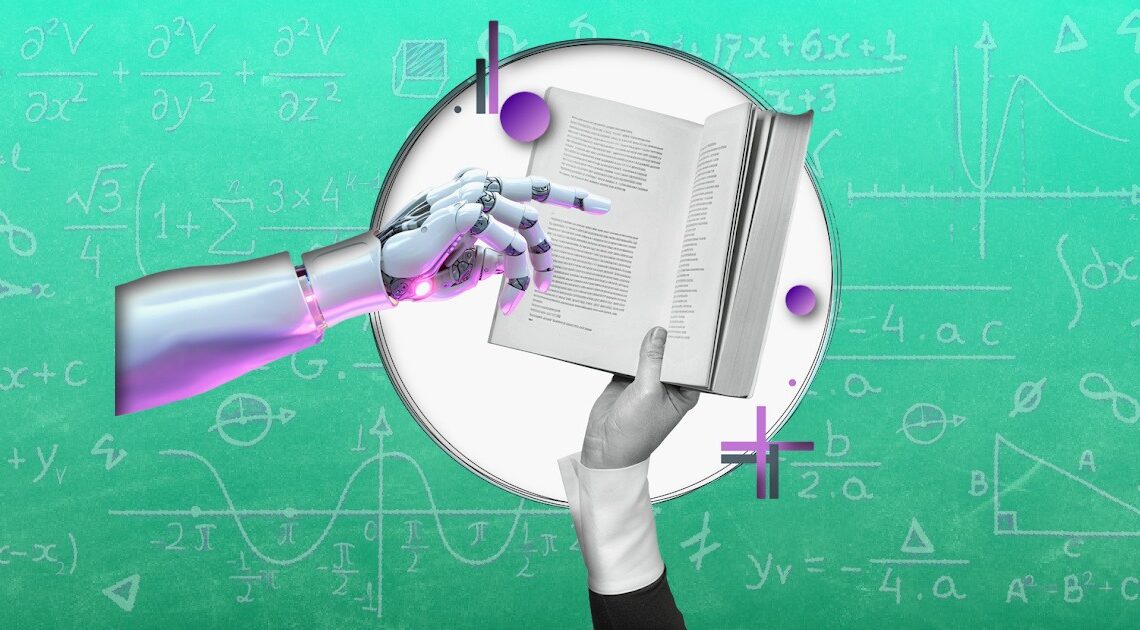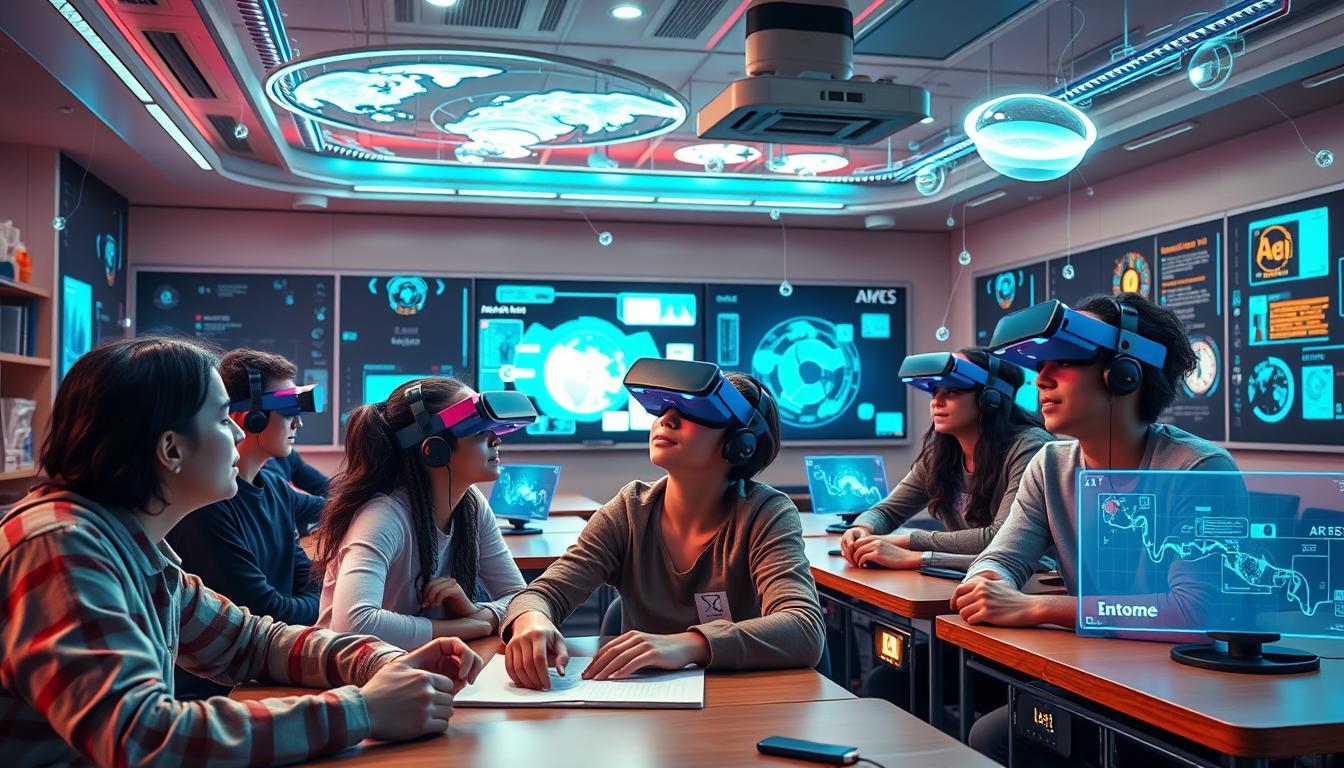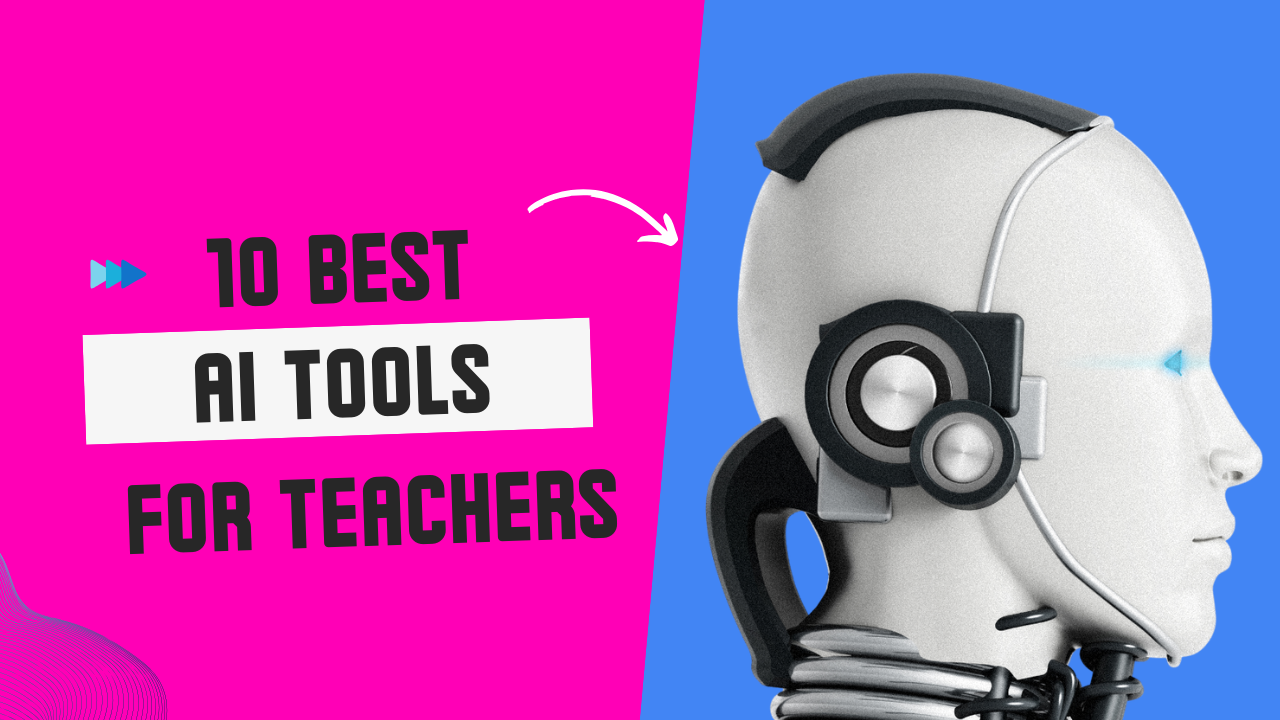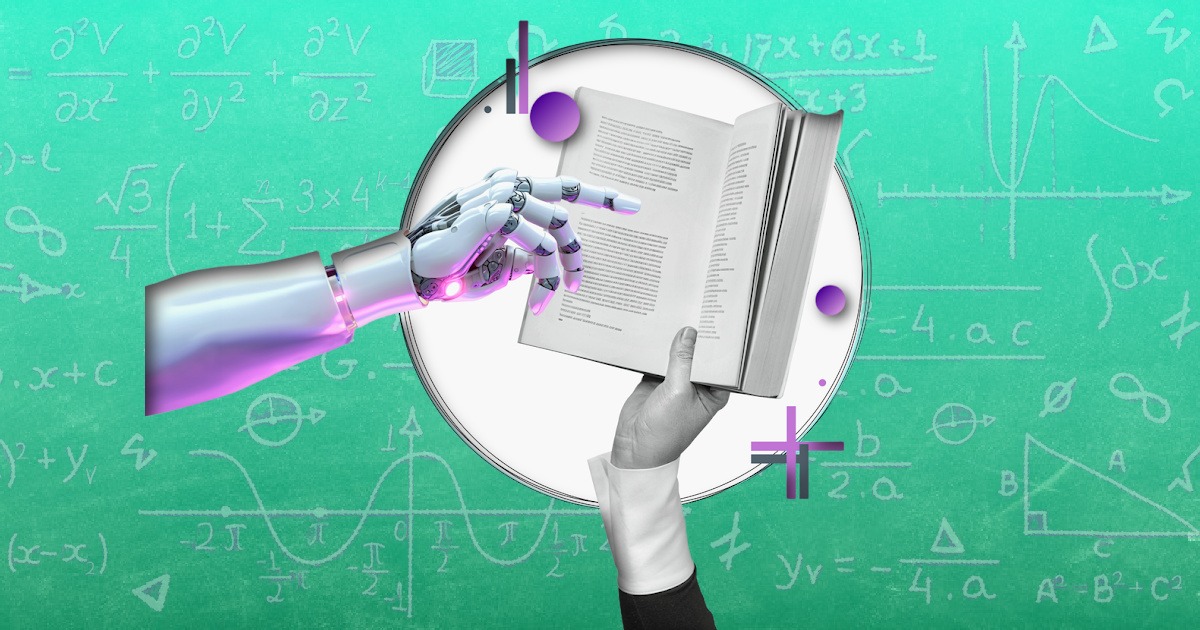
Education is evolving at a breakneck speed. K-12 and higher education are adopting innovation to gear up for a new world at a breakneck speed. While AI tools and adaptive learning frameworks are becoming the limelight, the revolution already awaits at our doorstep.
In this guide, we’ll explore the most impactful education trends shaping classrooms and campuses in 2025, and how these changes are setting the stage for a more inclusive, personalized, and future-ready learning experience.
1. AI-Enhanced Learning: Personalization at Scale
Artificial Intelligence has officially moved beyond hype and into everyday classrooms. In 2025, schools and universities are leveraging AI to provide personalized learning paths, real-time feedback, and automated tutoring support.
Teachers apply AI-driven tools to identify students’ progress better, and learners seek the ability of the systems to change their style, pace, and talent.
Students, therefore, receive the right content at the right time—enhancing knowledge as well as confidence.
2. Hybrid & Flexible Models
As the pandemic hastened remote education, hybrid models mature in 2025. The students of today are able to mix face-to-face and online classroom settings with ease and effectiveness.
This type of flexibility advantages a broad cross-section of different student populations—student workers, student athletes, and students with disabilities—and brings education more within reach and on a par.
Microlearning and modular qualifications are also making waves so that students can upskill or take degrees in bite-sized, customized form.
3. Emergence of Skills-Based Qualifications
Traditional diplomas are not yet extinct, but 2025 is about skills-based qualifications. Hands-on skills, rather than traditional degrees, are greatly valued by employers, so there’s a bundle of:
- Digital badges
- Microcredentials
- Bootcamp certificates
- Competency-based learning
Therefore, K-12 schools and colleges and post-secondary schools are restructuring curriculum in terms of its applicability to immediate near-term real-world requirements, problem-solving, and emerging skills like data analysis, sustainability, and AI literacy.
4. Gamification & Student Engagement Tools
In an attempt to combat learning fatigue and demotivation, educators have increasingly relied on gamification these days. Points, leaderboards, and interactive challenges that involve students in virtual as well as physical classrooms form a part of it.
By 2025, Classcraft, Kahoot!, and Quizizz aren’t driving engagement—those are today’s standards for testing and tracking progress.
Learning is an adventure, children are engaged and accomplish more.

5. Social-Emotional Learning (SEL) & Mental Health
Student wellness is no longer optional—it’s required. Emotional wellness courses, mindfulness, and SEL programs are standard in schools today.
From morning log-ins on the online portal to college wellness coordinators, 2025 education knows emotional IQ = academic achievement.
6. Sustainability Education & Green Campuses
With the world growing more aware, sustainability has finally entered the space of education. Students are learning about climate change, renewable energy, and environmental justice through coursework—sciences to civics.
Schools are going green and turning eco-friendly with green initiatives such as solar-powered schools, the least use of paper, and zero-waste programs to serve as an example.
This innovation welcomes a greener and more environmentally aware future generation of citizens who can be change-makers.
7. Cross-Cultural Learning & Global Classrooms
Learning has ceased to be local as a result of technology. Through online student exchange programs, multilingual websites, and translation software, students now learn alongside students from across the world—cross-cultural skills not missed out on.
From a science fair bringing Jakarta and London students together to a lecture shared by two universities spanning two continents, internationalization of education is business as usual.
8. Data-Driven Decision Making in Schools
2025 school leaders are employing real-time data dashboards to monitor student performance, spot trends, and act urgently. Whether spotting early warning signs of academic struggle or monitoring overall campus engagement, data is allowing leaders to act with assurance.
Data-driven leadership has the promise to unlock better resource distribution and student performance.
Closing Thoughts: The Future Is Coming, But It’s Already Upon Us
Learning in 2025 is not simply keeping pace with technology—instead, it’s revolutionizing how we learn, what we teach, and how we build. From AI-driven personal learning assistance to affordable mental health care, schools and colleges are creating spaces in which every student can succeed.
By adopting these emerging trends, students, policymakers, and teachers can make the future of learning not only extended—but inclusive, sustainable, and human-centered.


